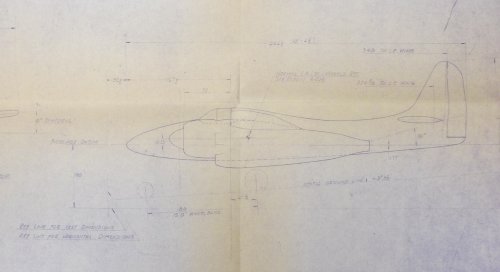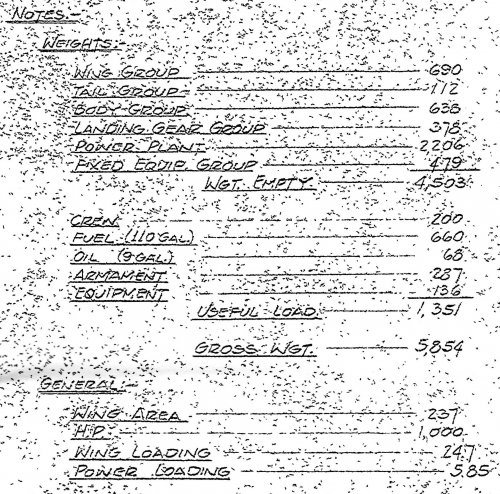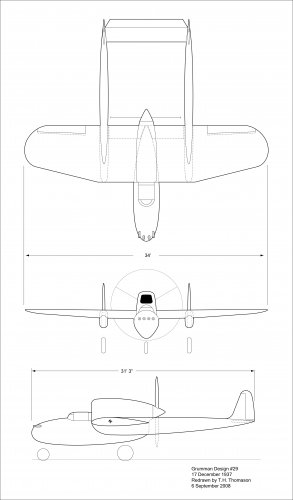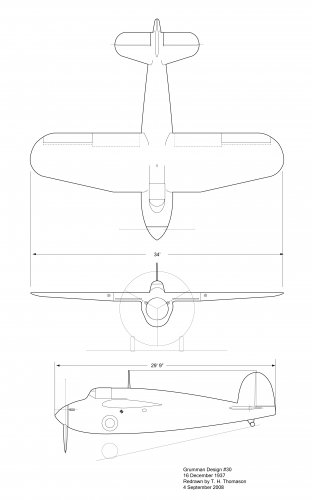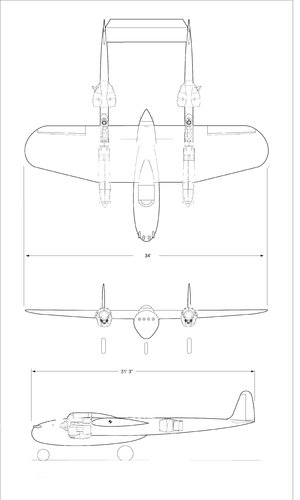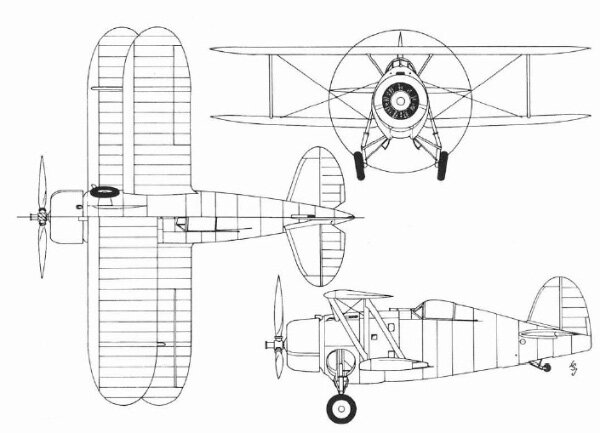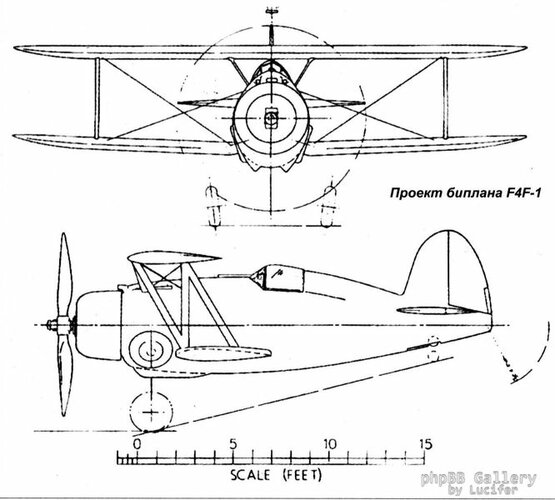- Joined
- 22 January 2006
- Messages
- 4,114
- Reaction score
- 1,694
I'd like to see drawings from the following model numbers
G-25 Navy High Altitude fighter with two V-1710
G-29 two seat Navy fighter with pusher V-1710
G-30 two seat Navy fighter with V-1710
(Probable design date for all three should be between 1936 and 1938. Since USN preference was for radial engines, that projects look very interesting, specially that twin high altitude fighter...perhaps a Grumman "P-38 equivalent". Who knows)
WWII era designs
G-57 naval fighter with P&W R-2800 and turbojet
G-59 F6F development with R-4360
G-60 F6F development with R-4360 and supercharger
G-61 F6F development with an auxiliary GE jet
G-62 Small jet fighter
G-67 Proposed F7F-2 with an I-20 turbojet behind the R-2800 nacelles
G-68 Proposed Navy Fighter with a TG-100 propeller turbine
G-62 should have been Grumman's first all jet design, preceding the G-71 which can be seen at American Secret Projects Pg 31)
G-57 and G-68 sound as ancestors of G-79A and B respectively. See American Secret Projects Pg 34)
G-67 is very interesting for me because it's a kind of link between the F7F and the G-75 (See American Secret Projects Pg 32)
Any help will be very welcome. Thanks in advance.
Source: Information from Gruman Aircraft since 1929. René J Francillon Ed Putnam received from Lark
G-25 Navy High Altitude fighter with two V-1710
G-29 two seat Navy fighter with pusher V-1710
G-30 two seat Navy fighter with V-1710
(Probable design date for all three should be between 1936 and 1938. Since USN preference was for radial engines, that projects look very interesting, specially that twin high altitude fighter...perhaps a Grumman "P-38 equivalent". Who knows)
WWII era designs
G-57 naval fighter with P&W R-2800 and turbojet
G-59 F6F development with R-4360
G-60 F6F development with R-4360 and supercharger
G-61 F6F development with an auxiliary GE jet
G-62 Small jet fighter
G-67 Proposed F7F-2 with an I-20 turbojet behind the R-2800 nacelles
G-68 Proposed Navy Fighter with a TG-100 propeller turbine
G-62 should have been Grumman's first all jet design, preceding the G-71 which can be seen at American Secret Projects Pg 31)
G-57 and G-68 sound as ancestors of G-79A and B respectively. See American Secret Projects Pg 34)
G-67 is very interesting for me because it's a kind of link between the F7F and the G-75 (See American Secret Projects Pg 32)
Any help will be very welcome. Thanks in advance.
Source: Information from Gruman Aircraft since 1929. René J Francillon Ed Putnam received from Lark

